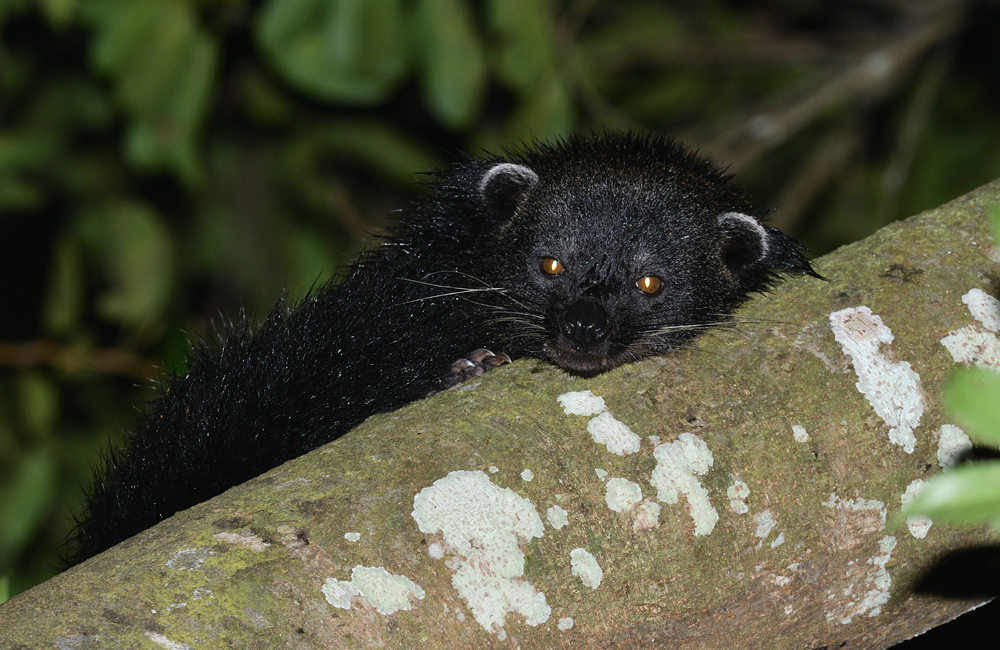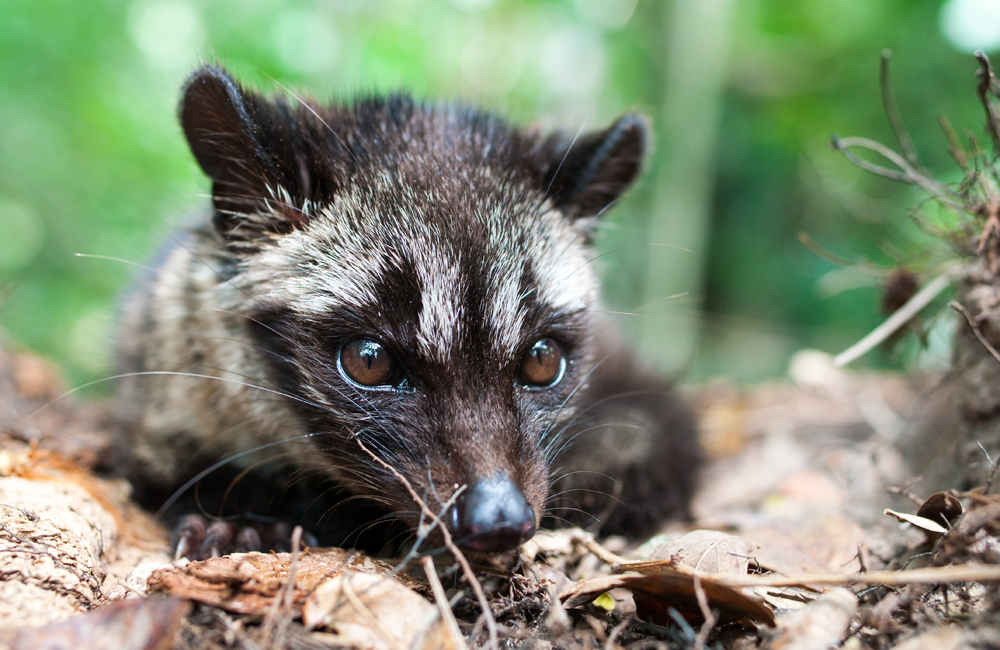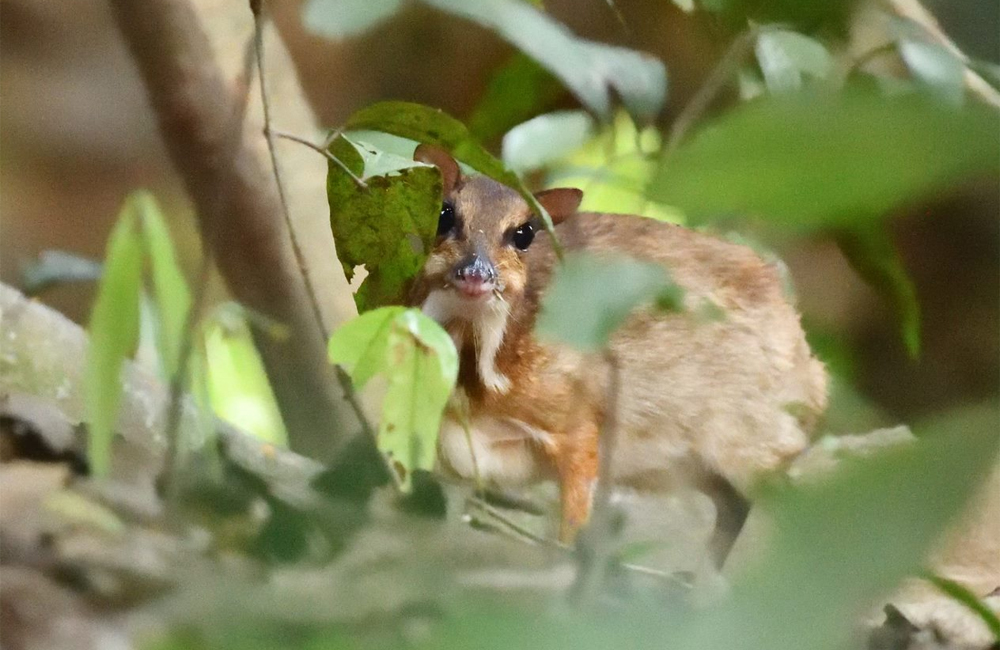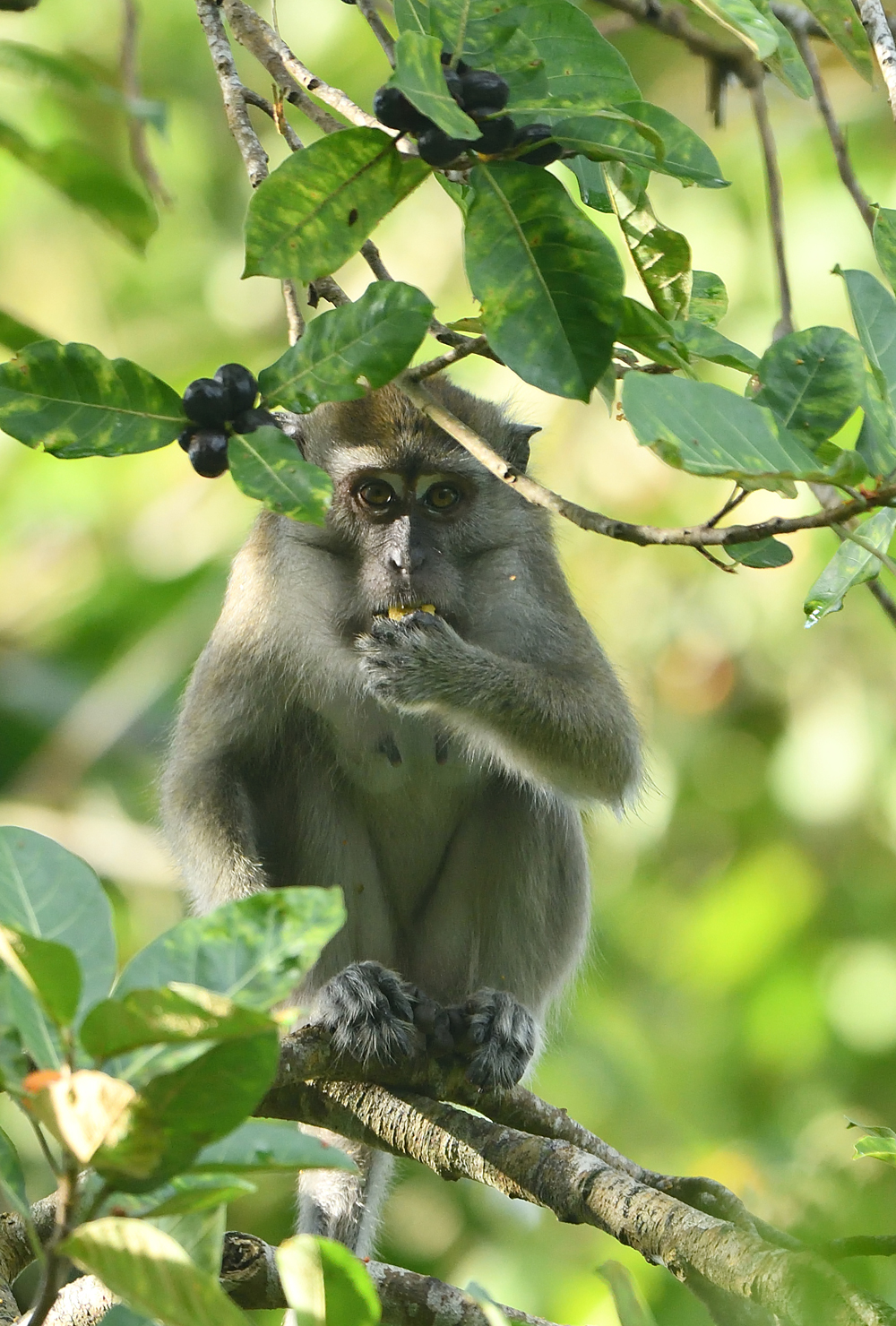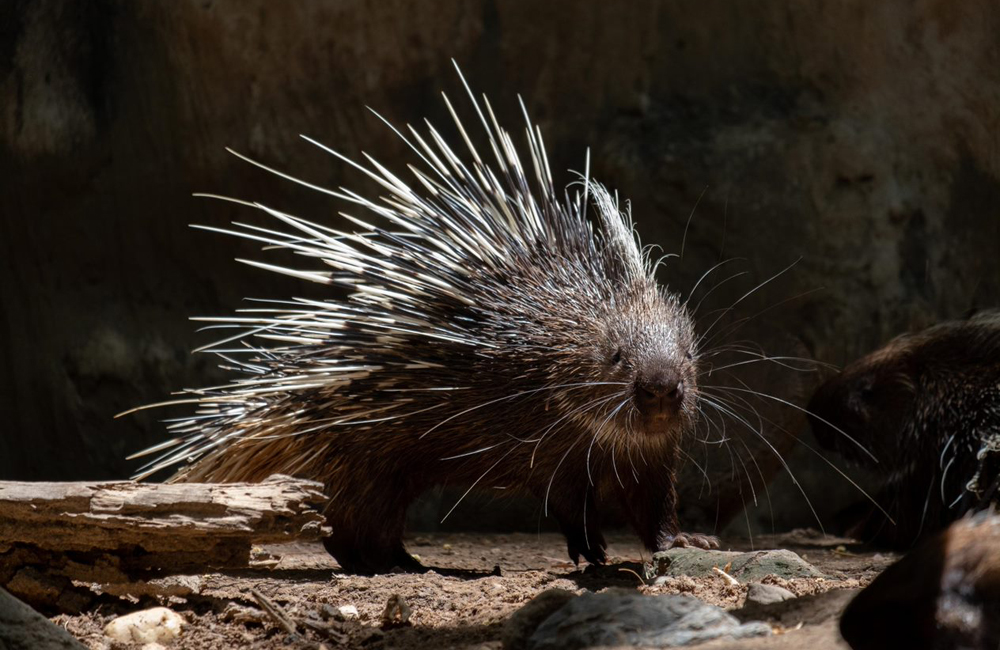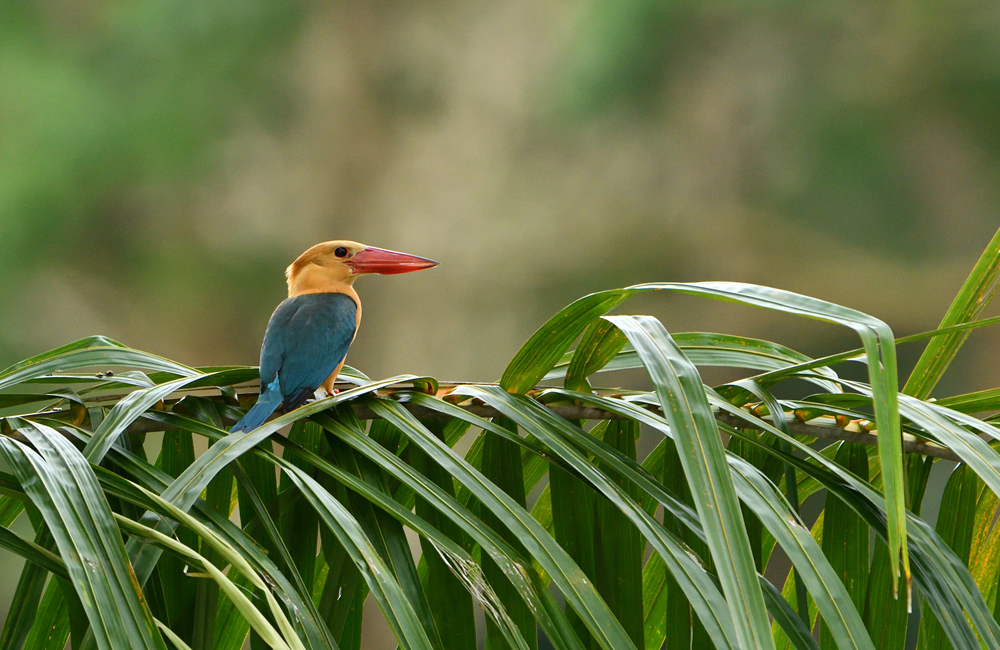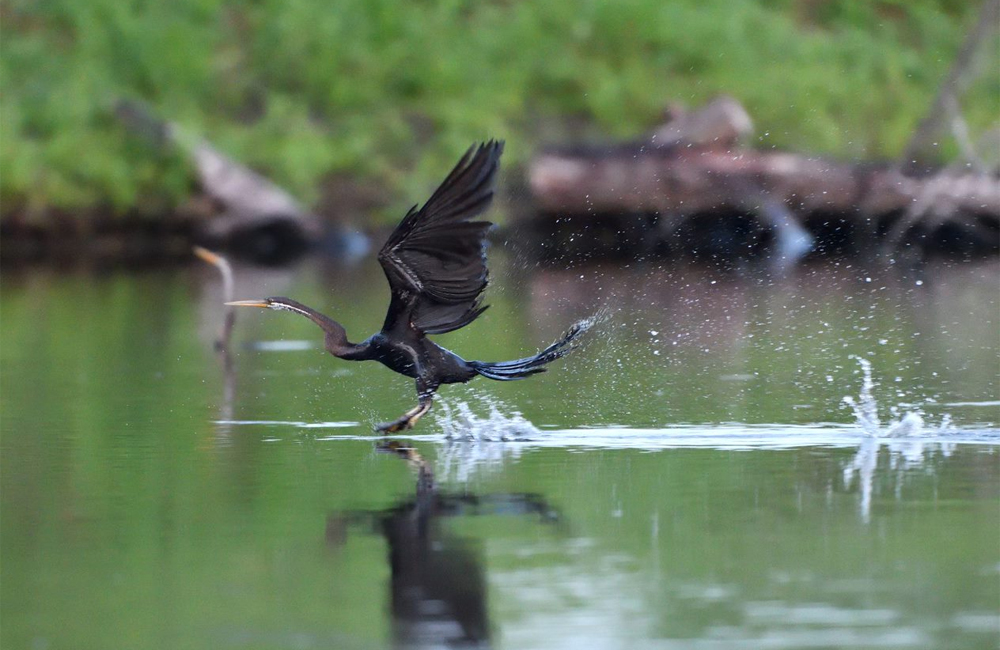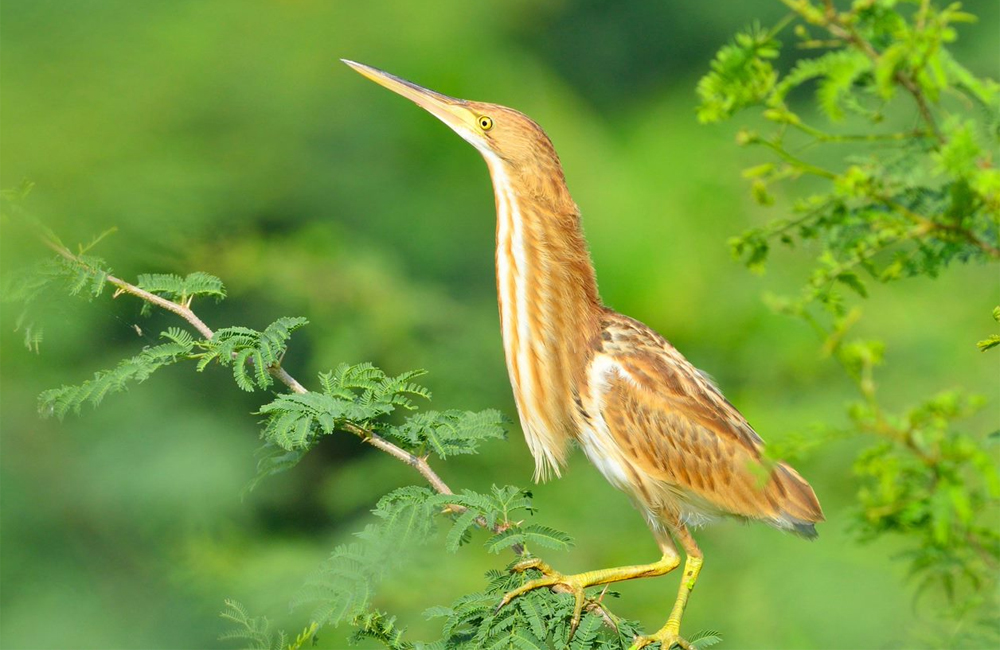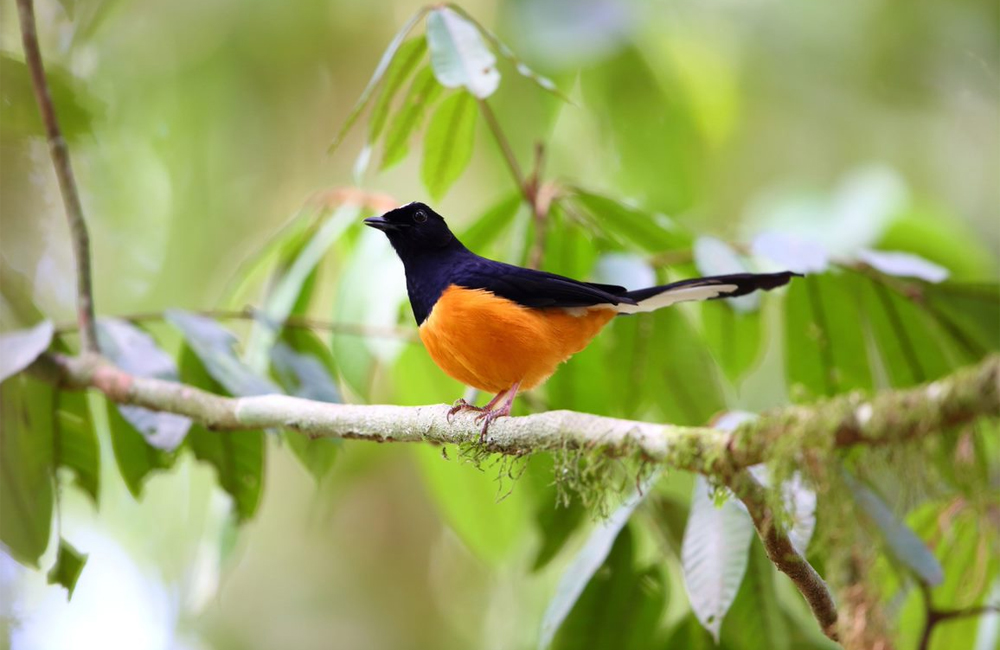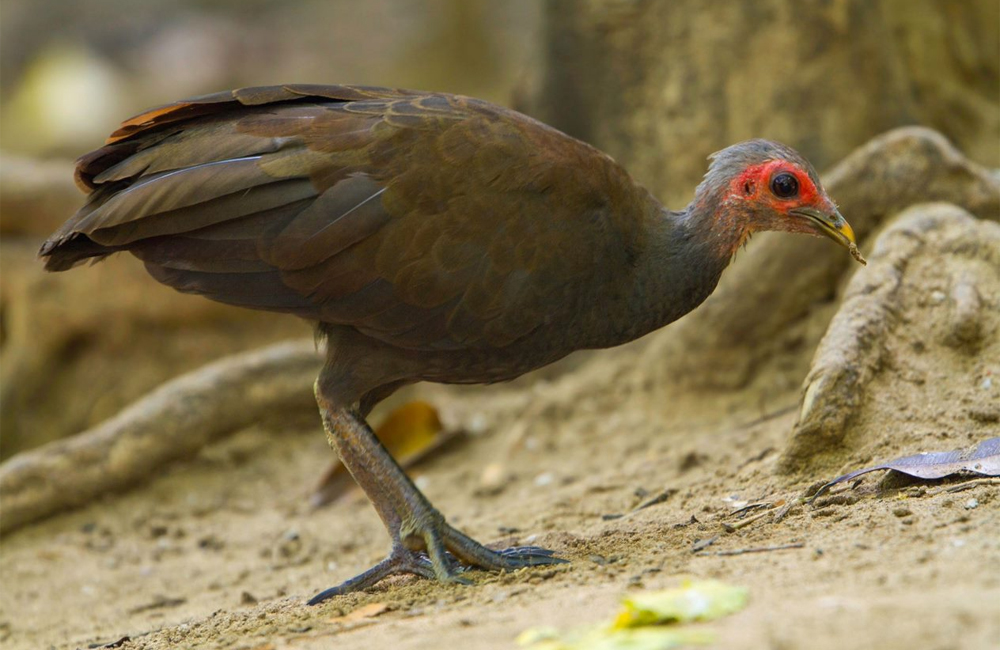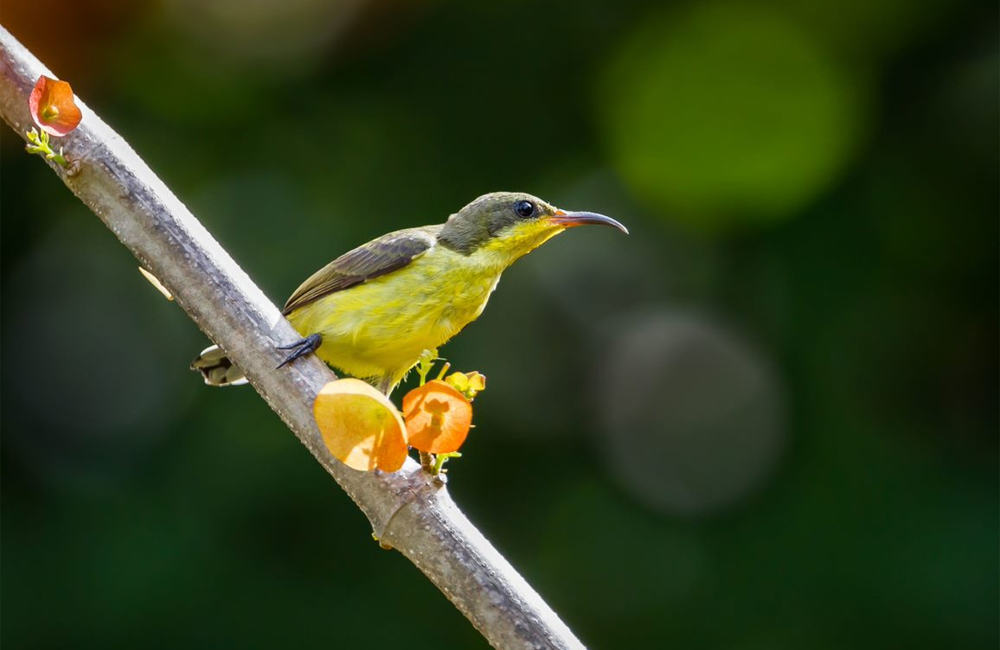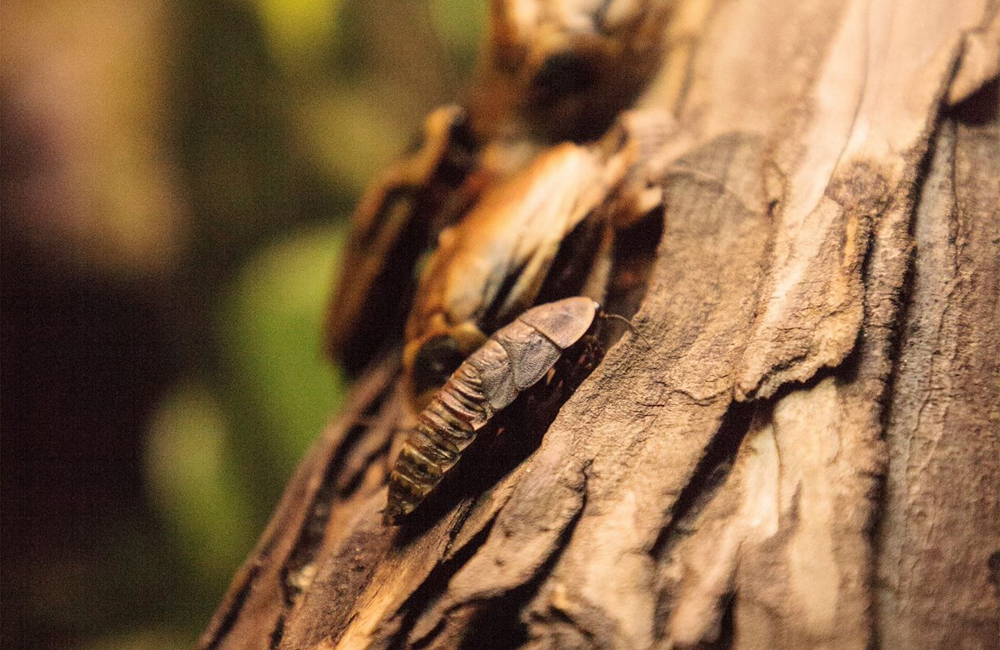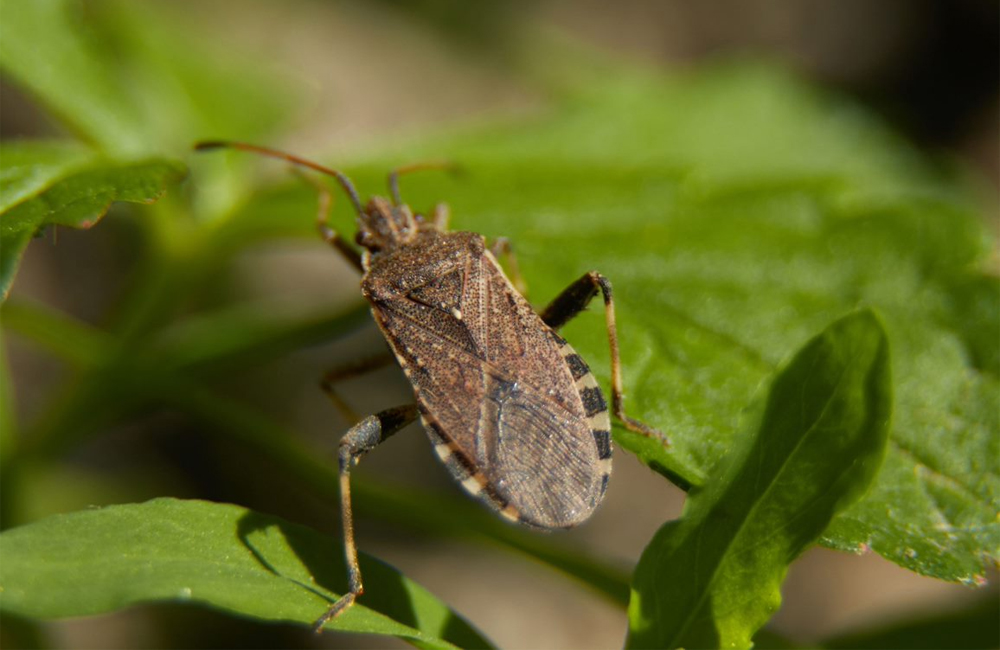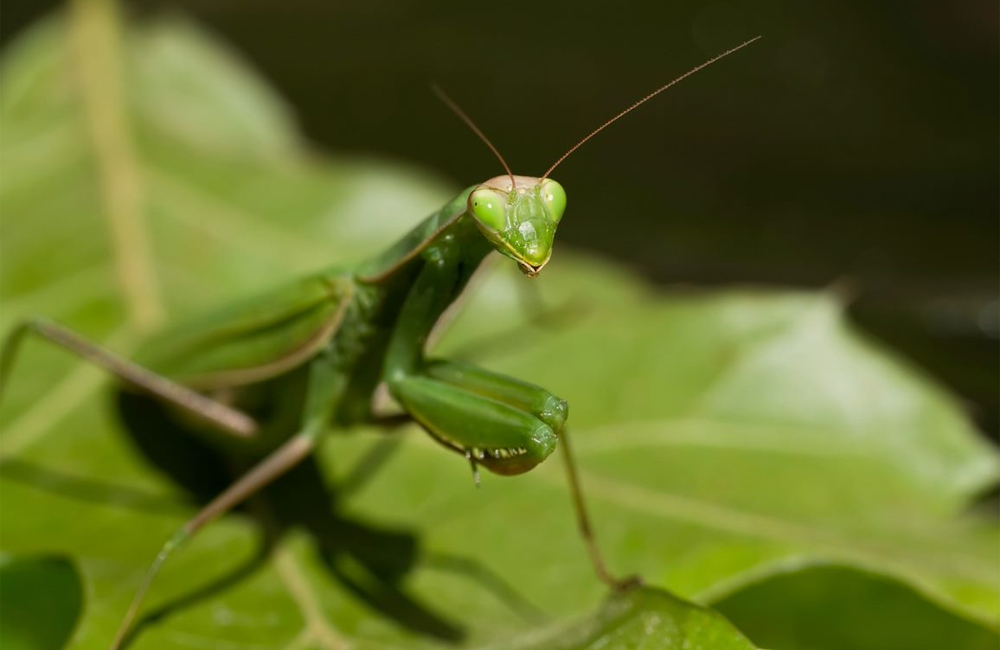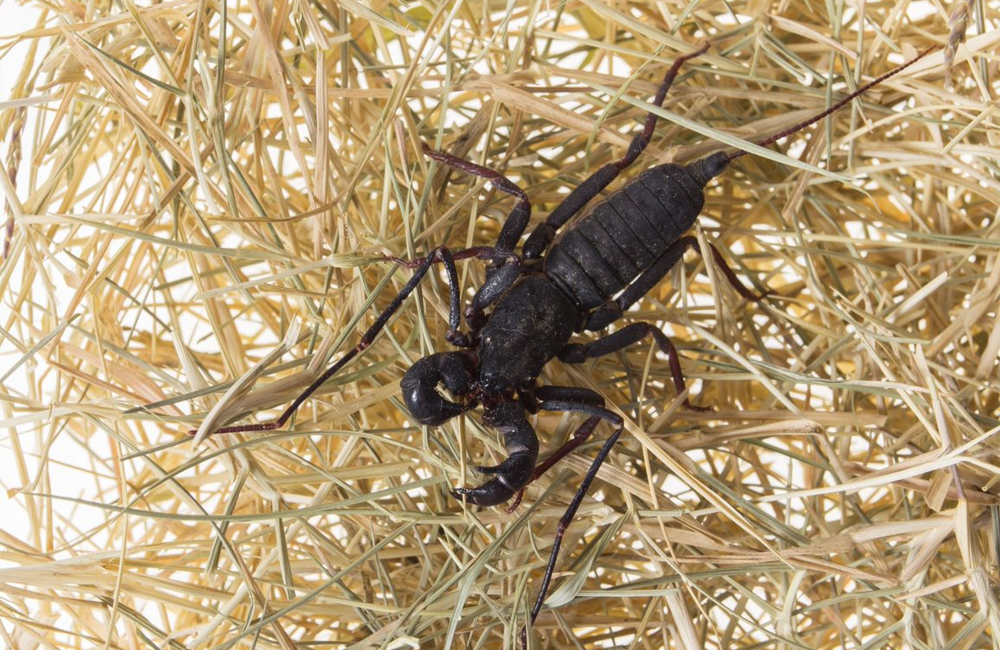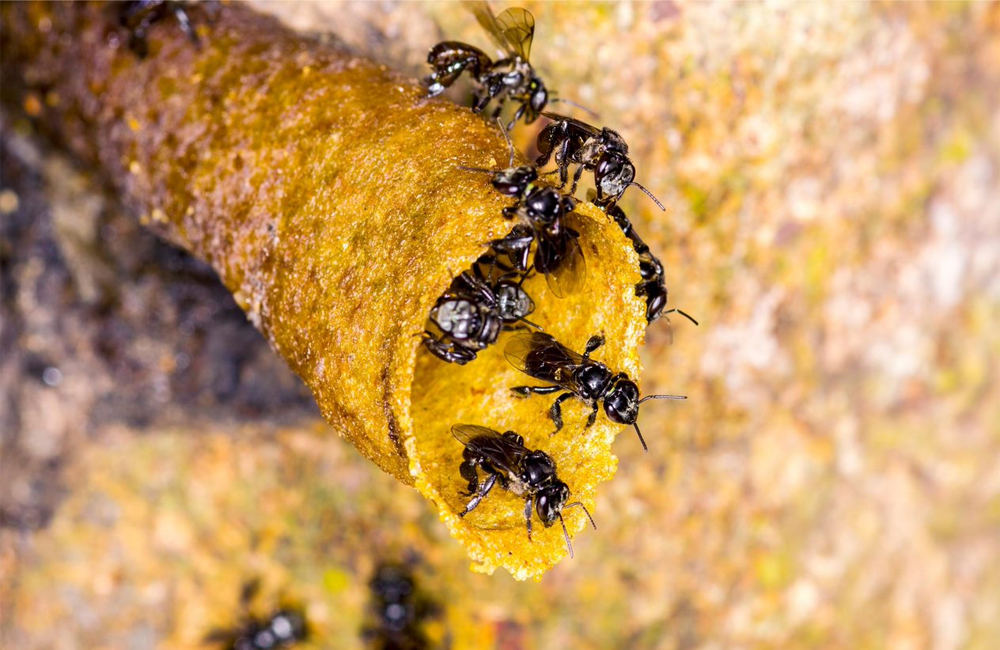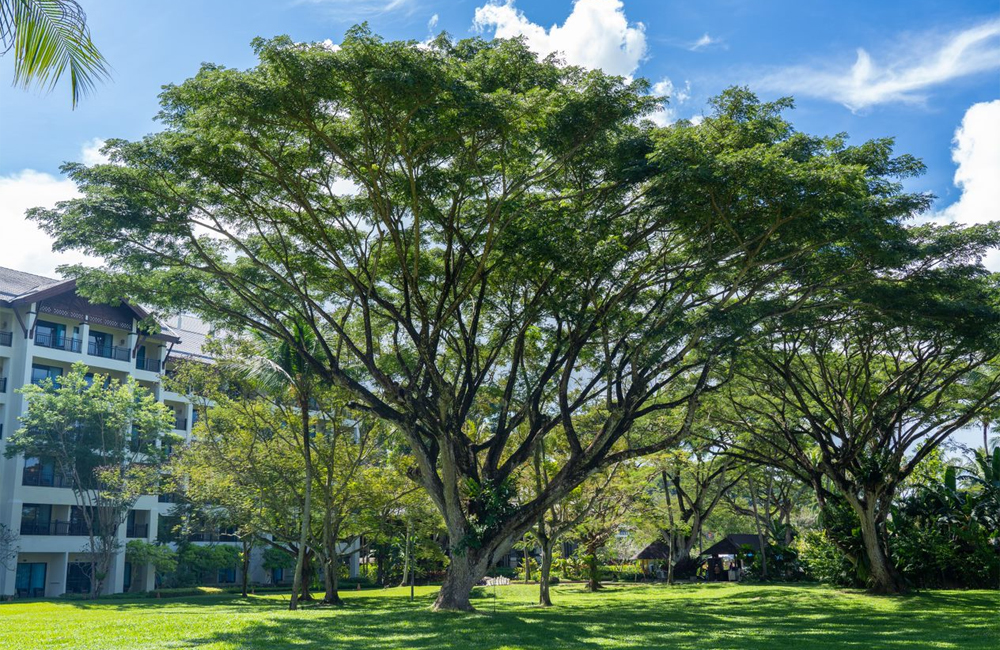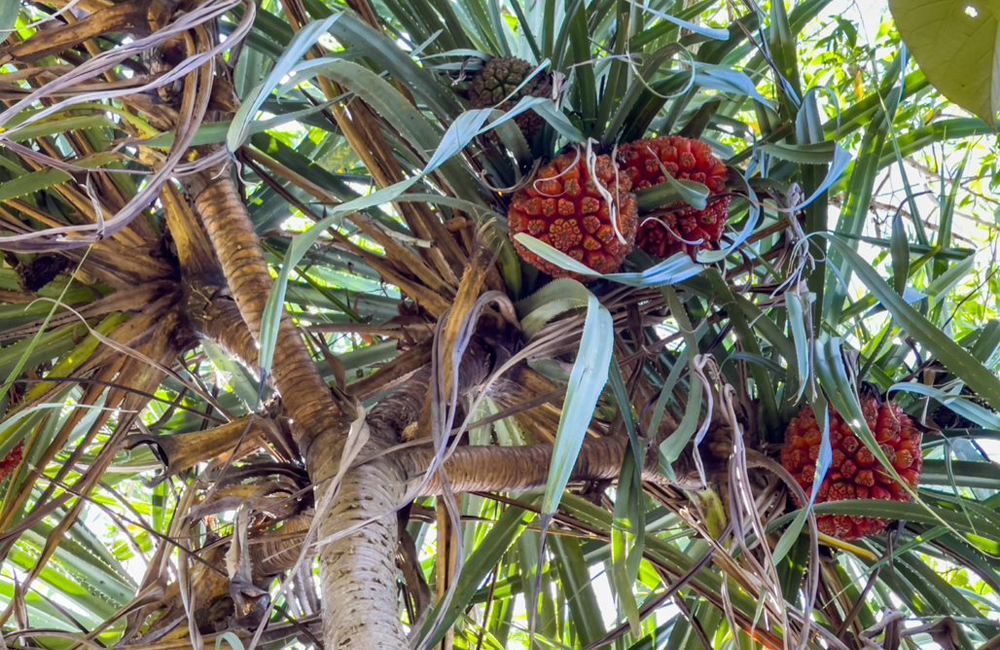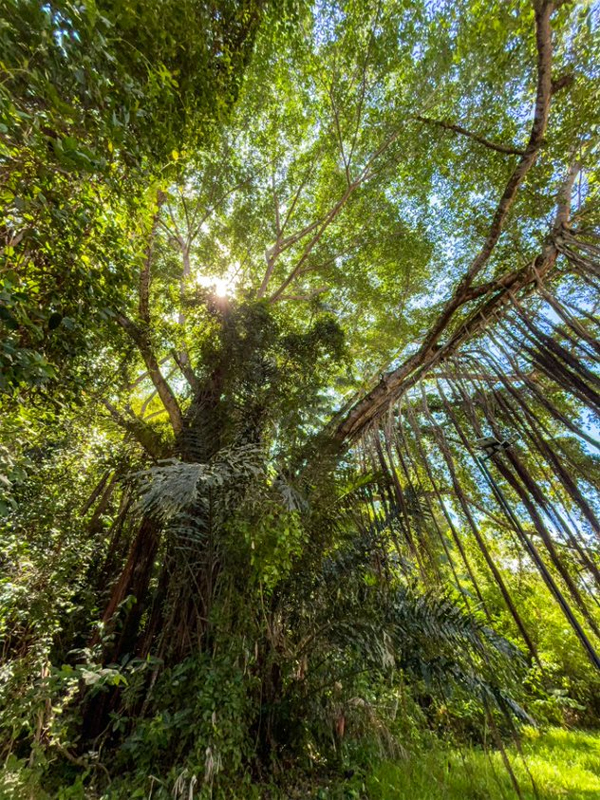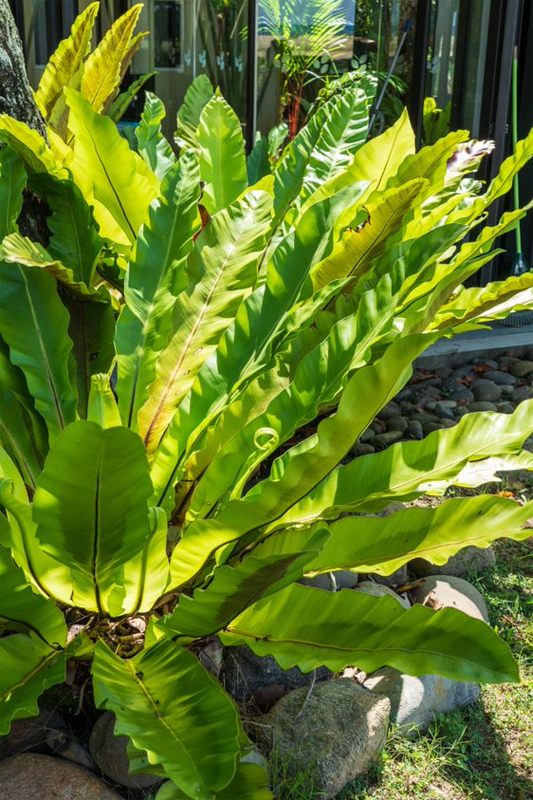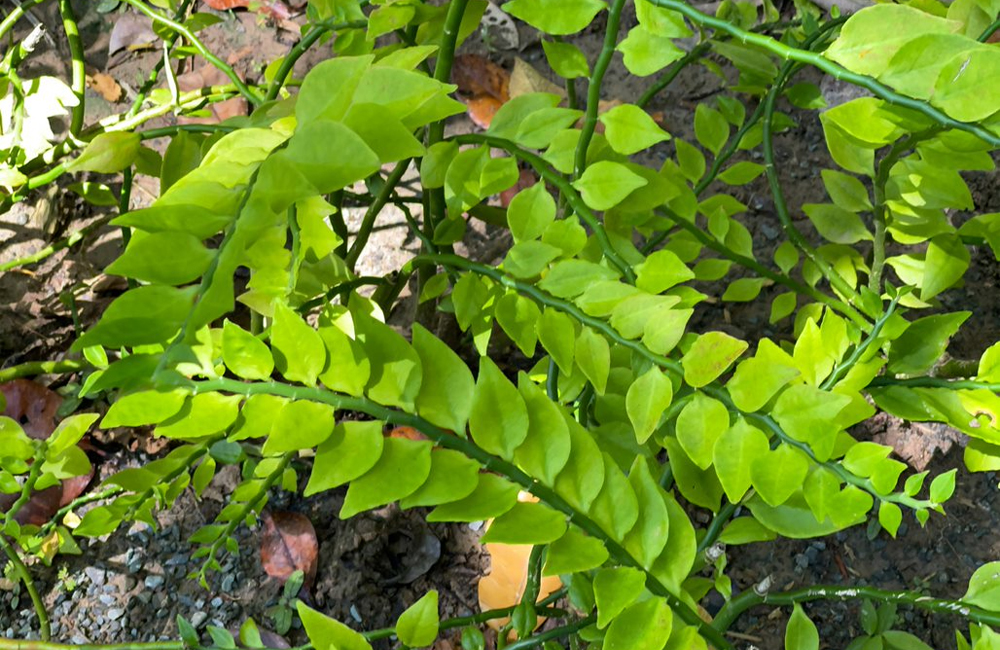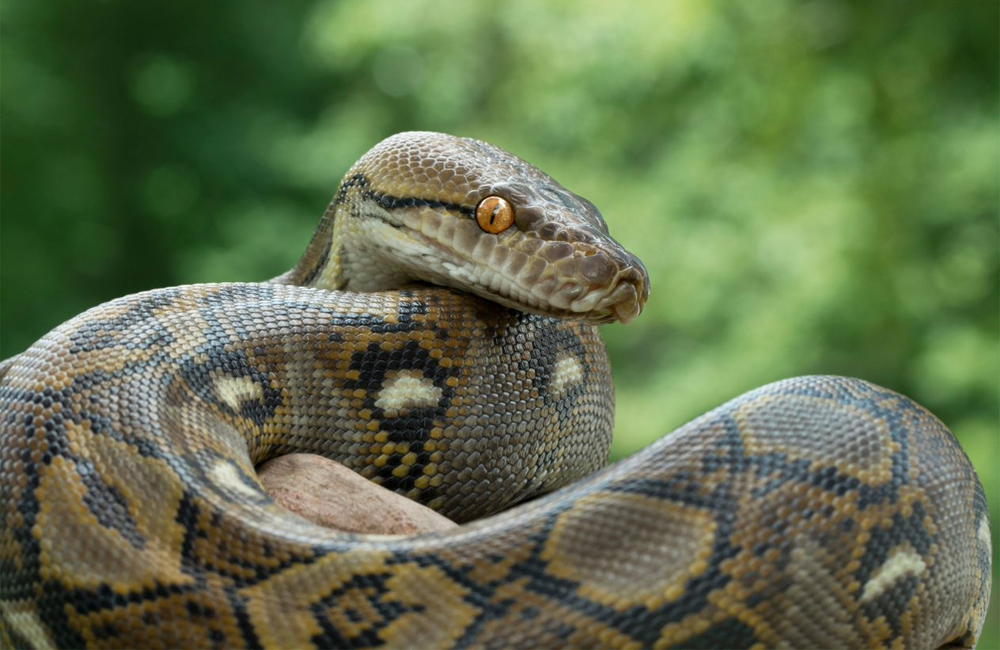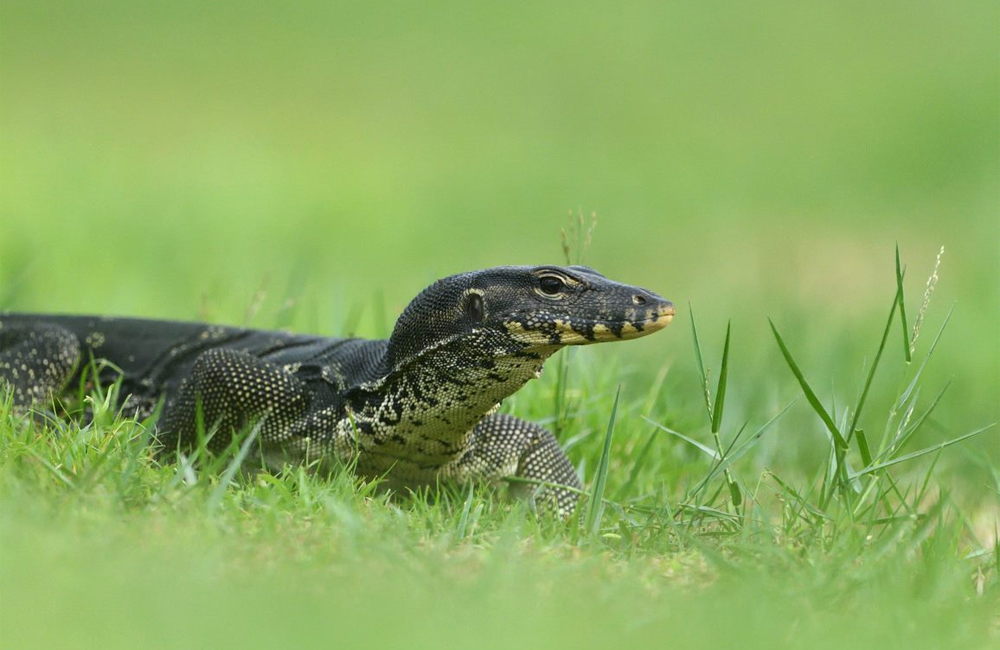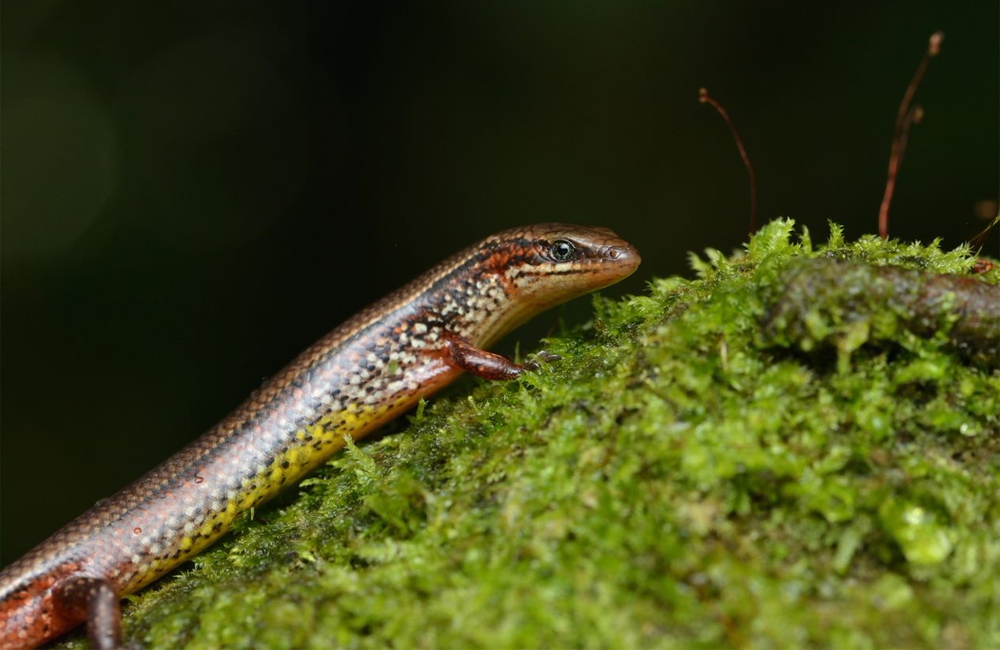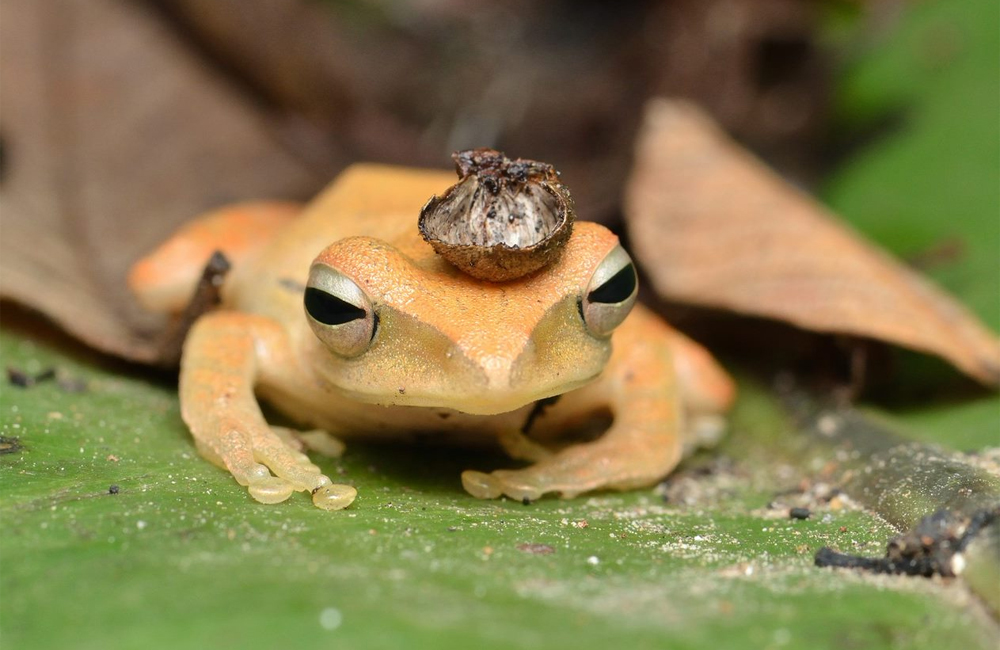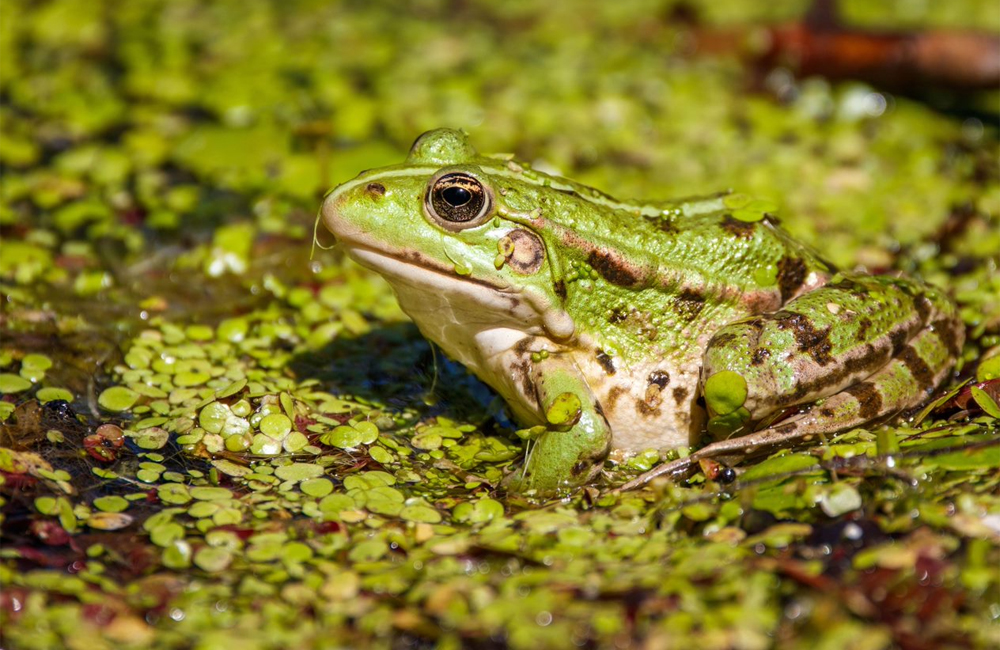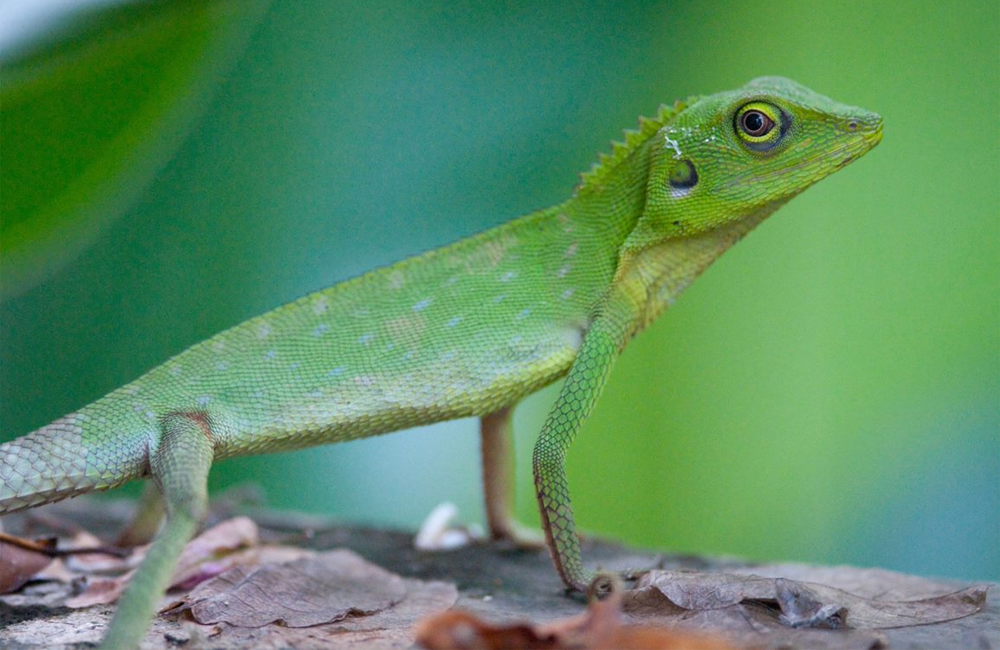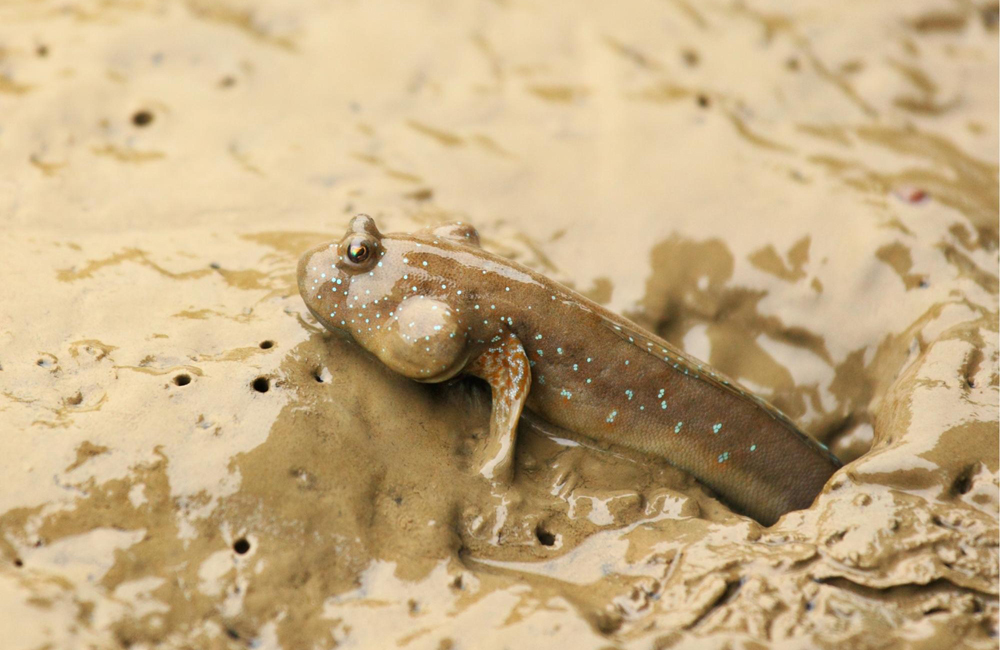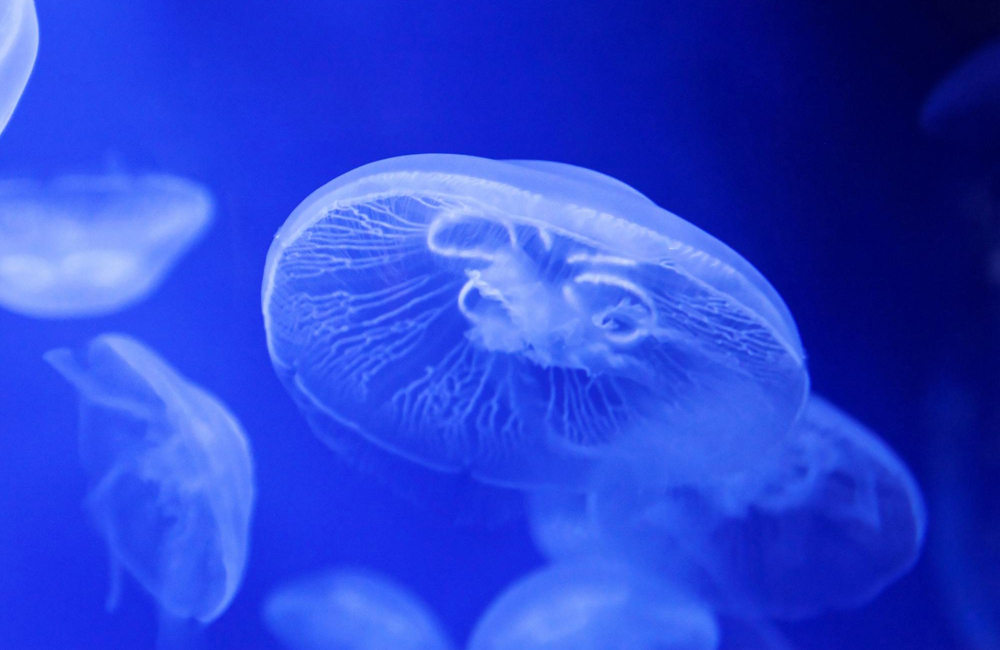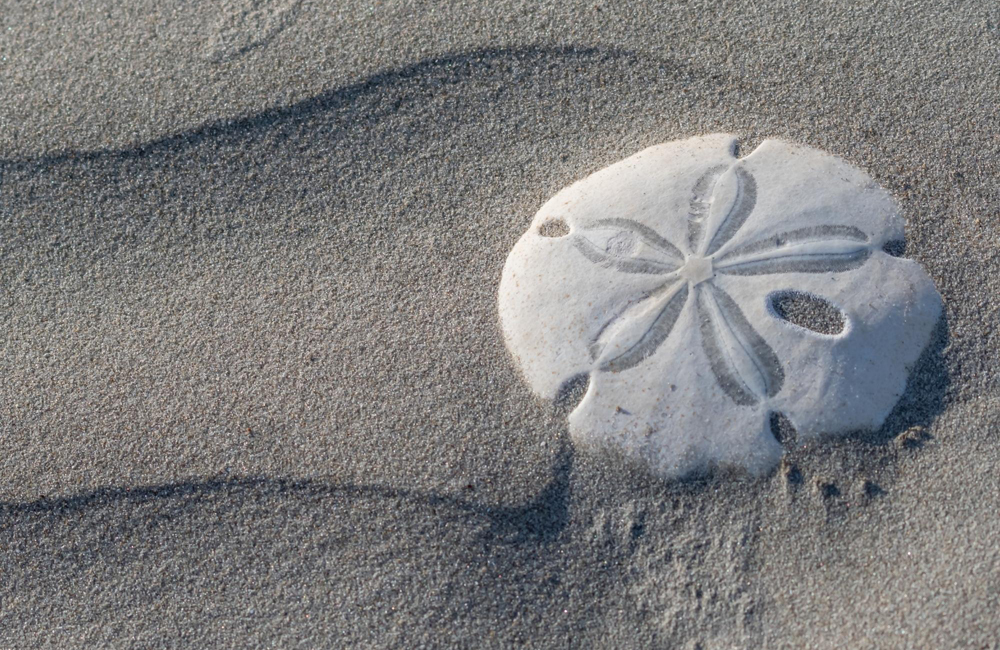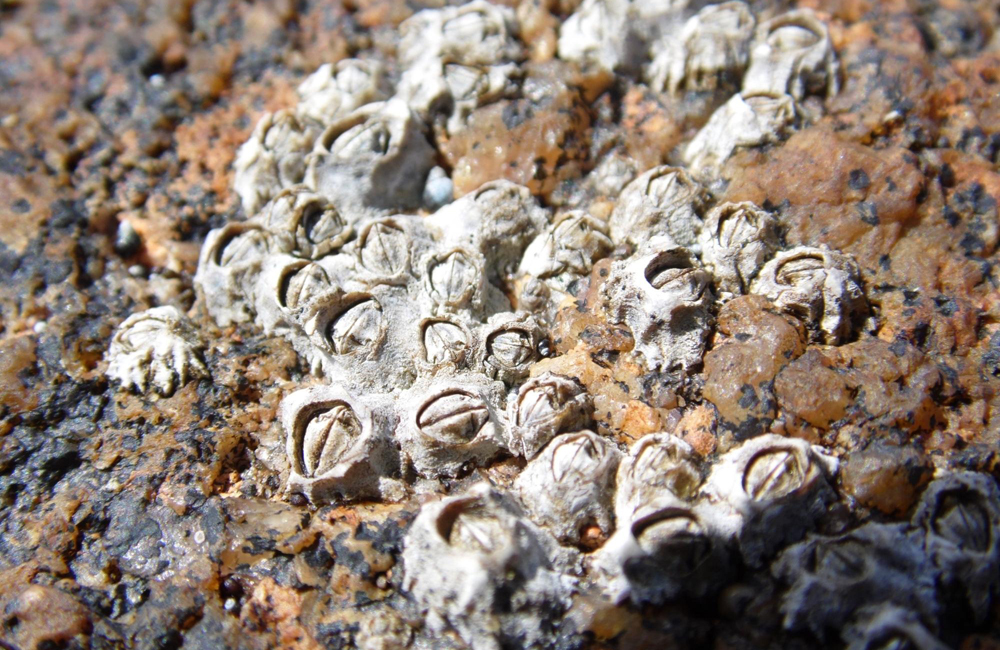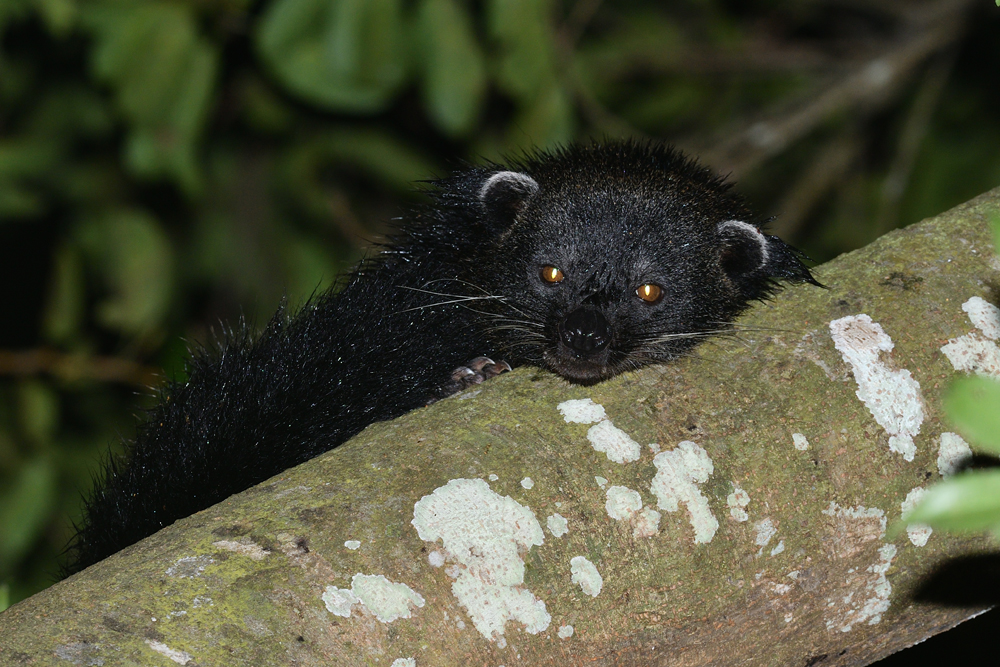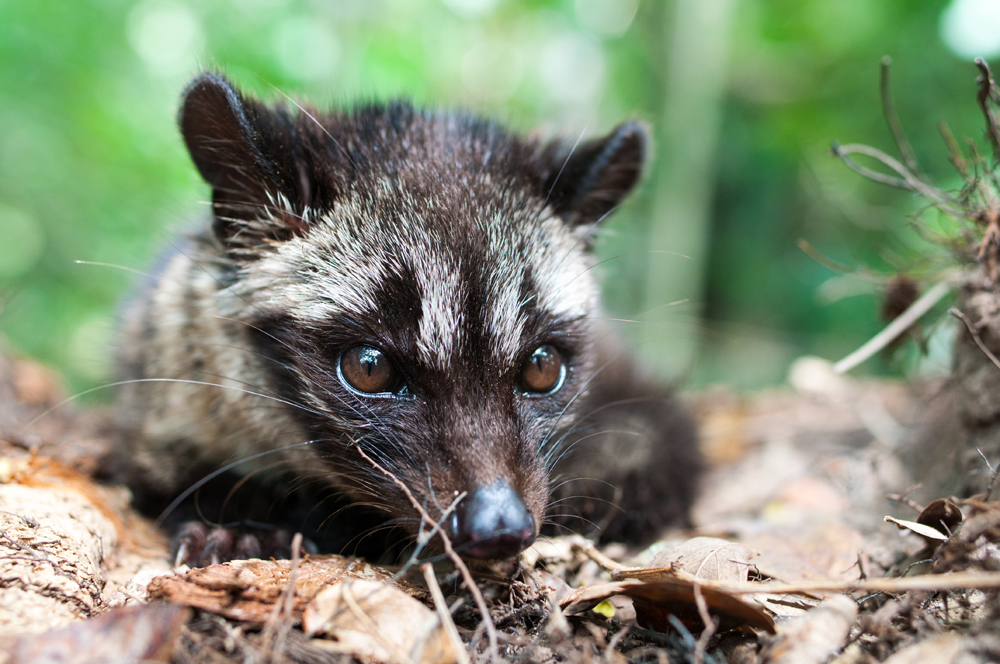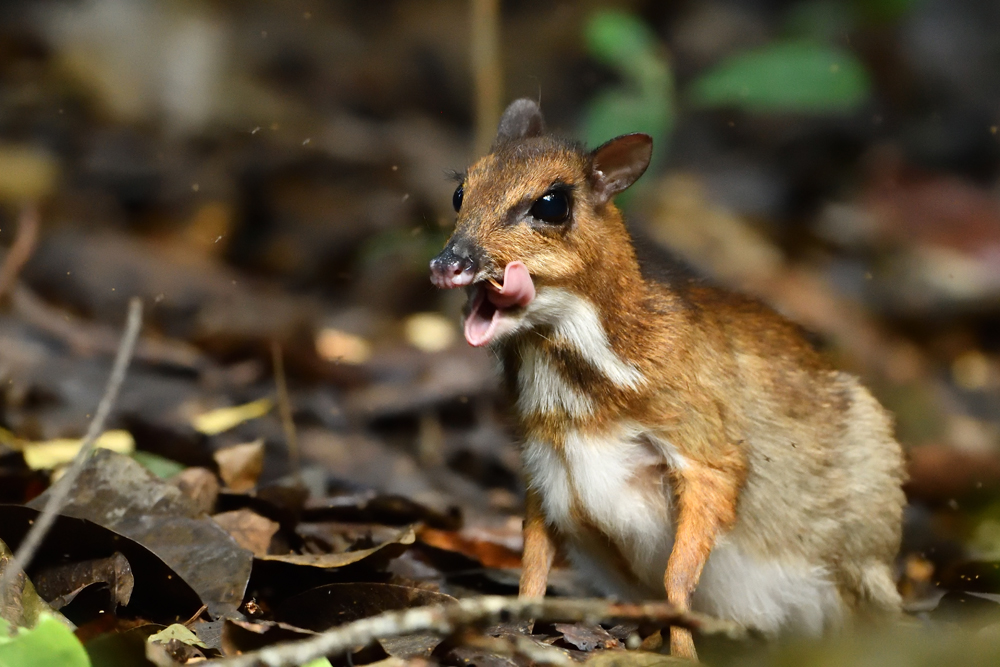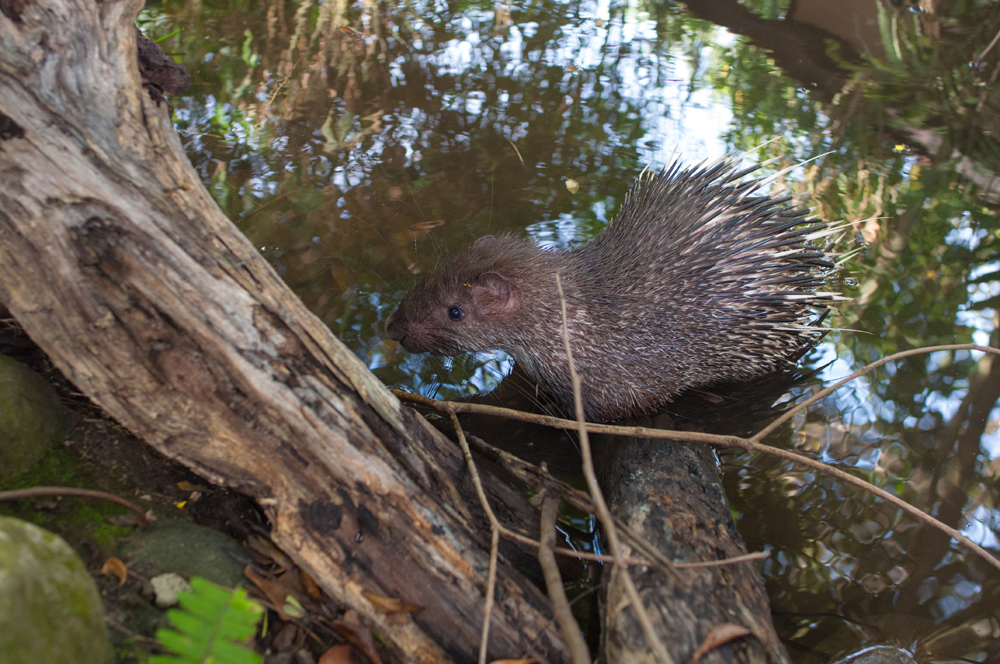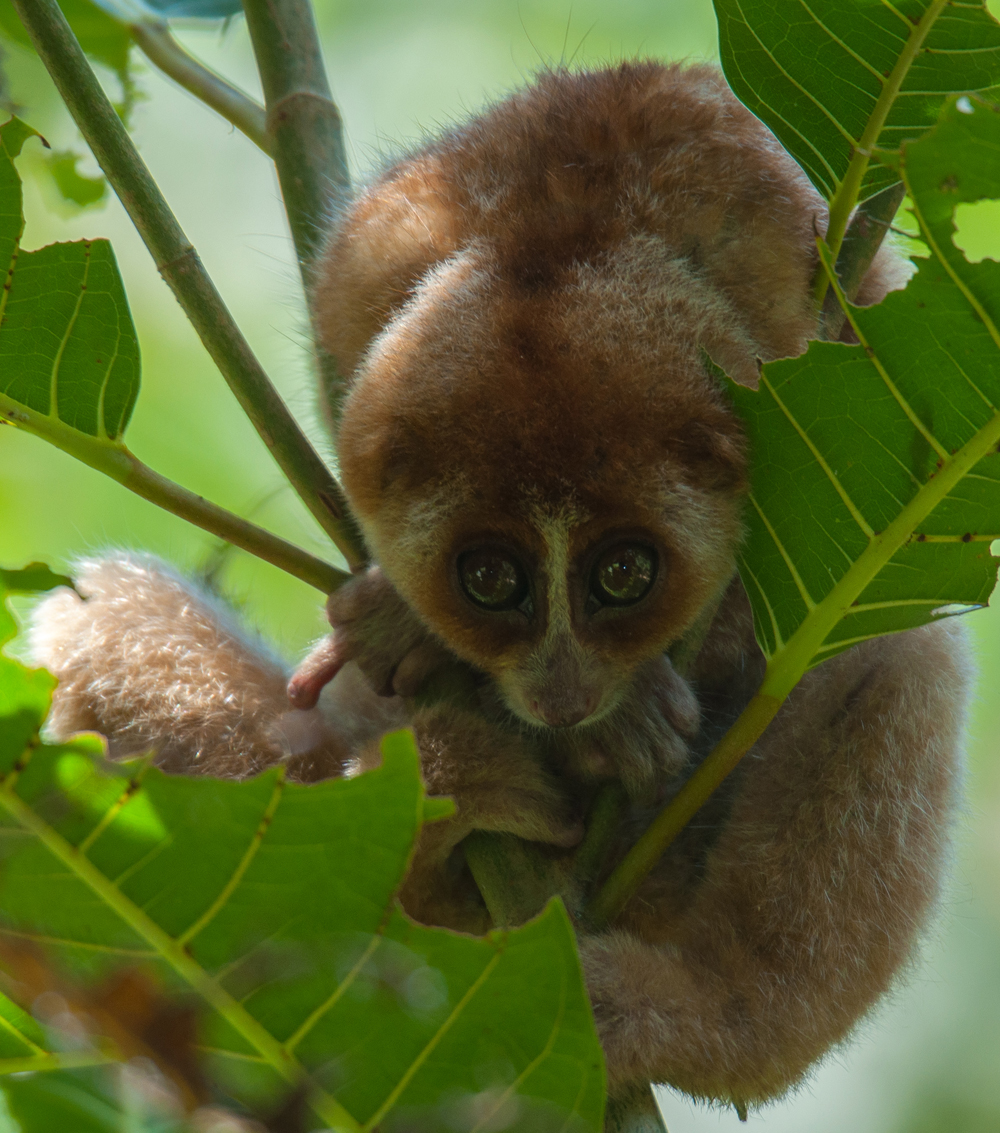Featured Residents in Rasa Ria Reserve
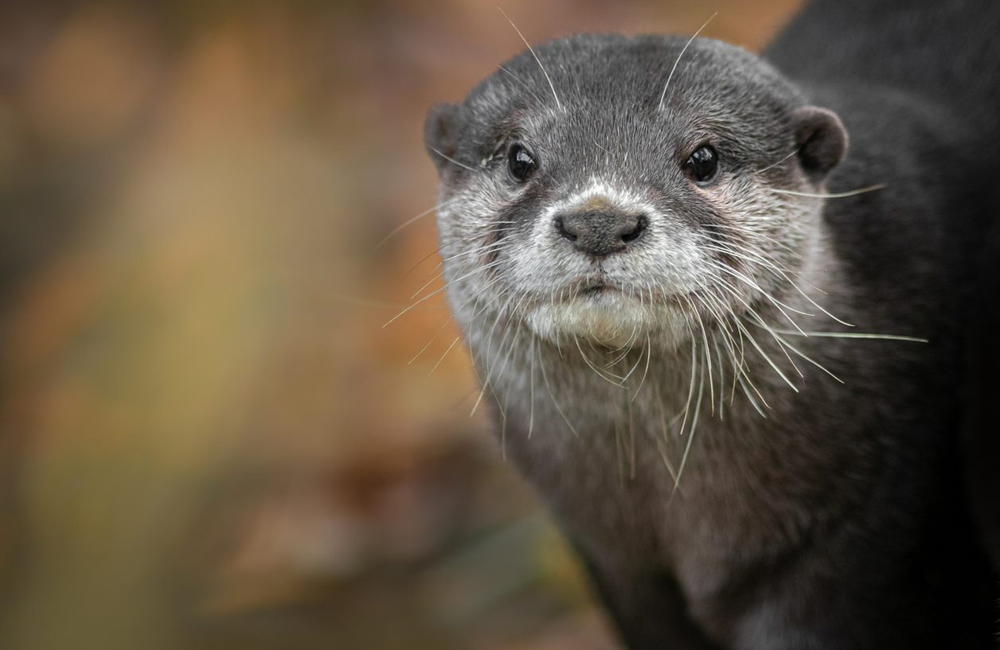
Otters
Dalit Bay Golf Club is home to a few families of Asian small-clawed otters. Otters are semi-aquatic mammals; they live on land but spend most of their time underwater hunting for food. We sometimes spot families of otters travelling between ponds to ponds in Dalit Bay Driving Range.

Common Porcupine
Found in various types of habitats, as well as open areas near forests. Their habitat is terrestrial where they live in the hole of tree barks or roots. They also live in a burrow from which a network of trails penetrate into surrounding habitat. Our rangers often spot them along the trail.
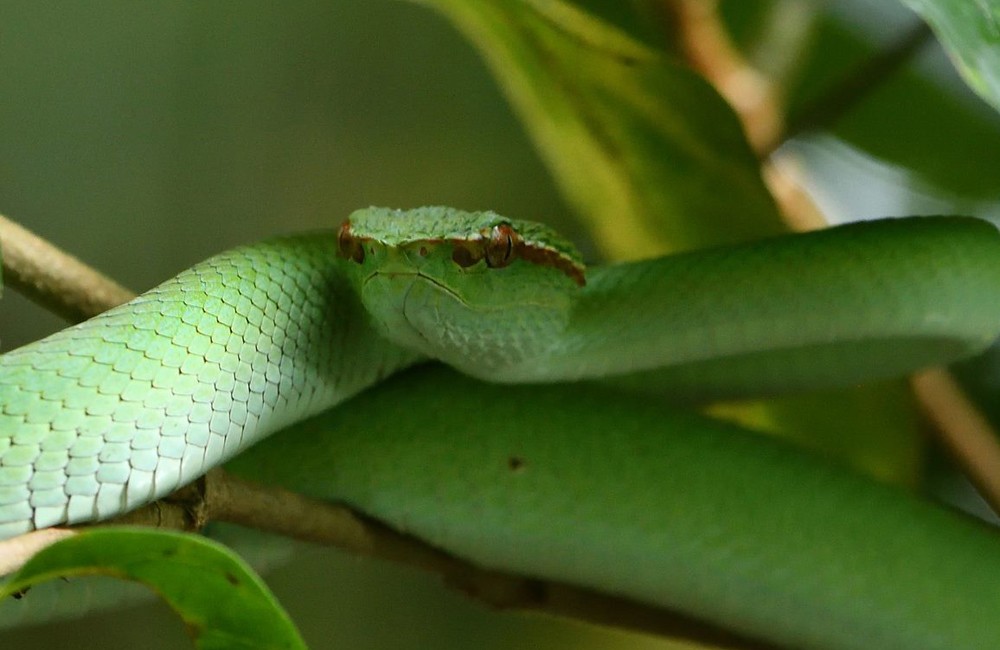
Borneon Keeled Pit Viper
As with other pit vipers, this is a venomous snake, with heat-sensing pits on the sides of the head. It may be found at heights ranging from low vegetation to mid-canopy levels. IT has a wide range of subspecies all evolved within Borneo and are almost genetically identical with slightly varying colours and markings.
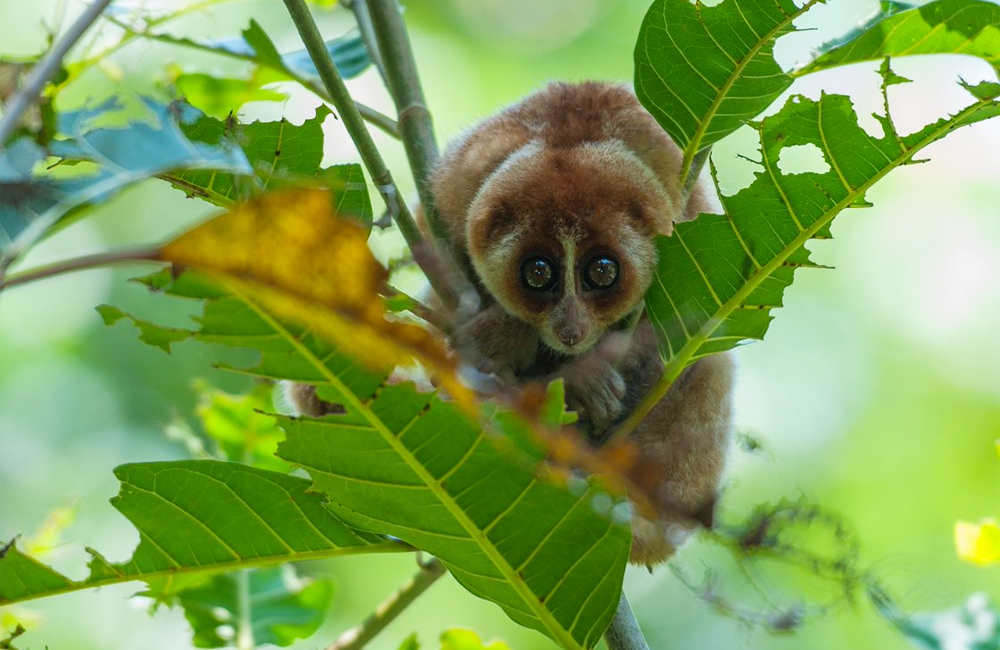
Slow Loris
Slow lorises are perfectly adapted to life in trees with special pincer-like hands and feet. Being nocturnal, they use scent-marking to communicate with each other and large eyes to help forage in the dark. Its main diet consists of insects! They are highly vulnerable to the pet trade and need protection.
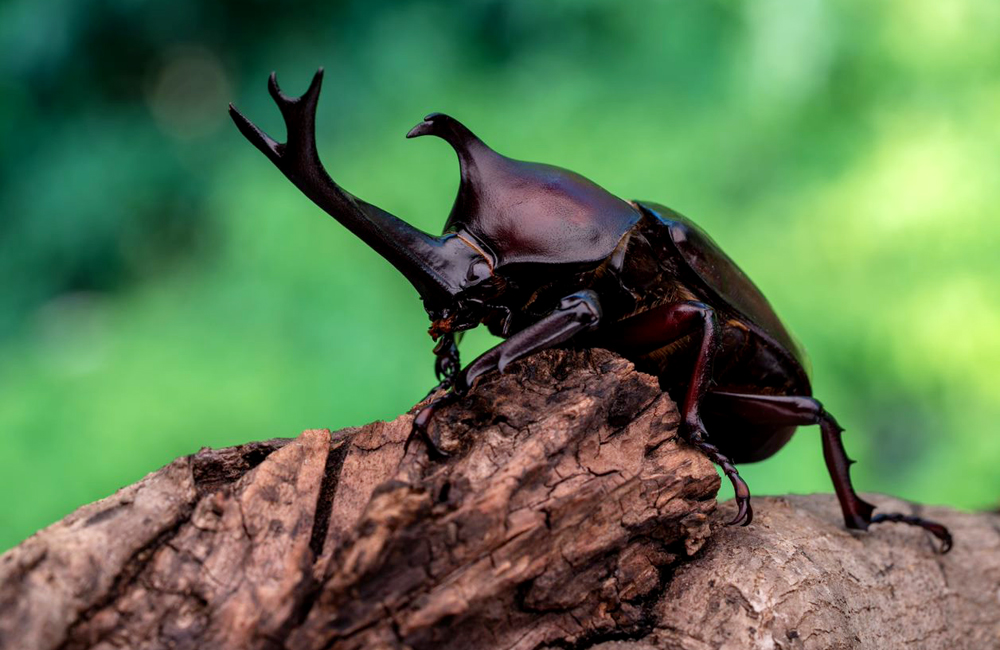
Rhinoceros Beetle
The most impressive insect found in Borneo. The jaws appear only in male and aid them in combating other males during mating season. The strongest and winning male use their large horns to throw one another out of treetops. The biggest rhino beetle males are found in tops of trees, and this is why the females can only fly during mating season.
